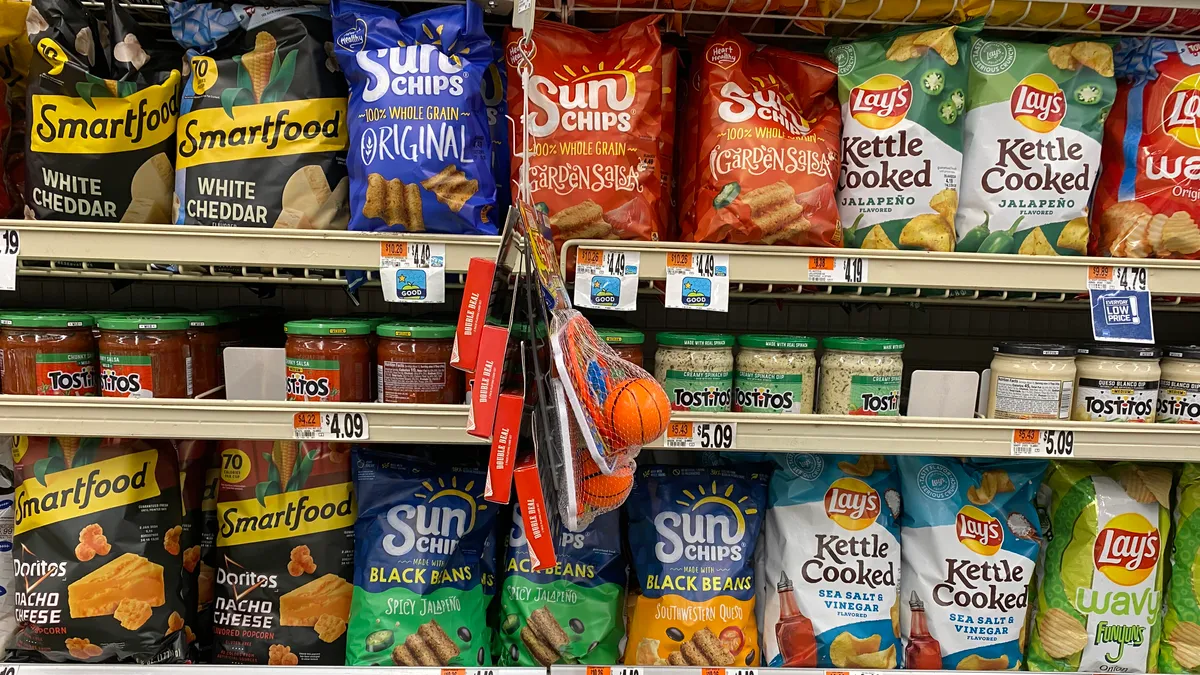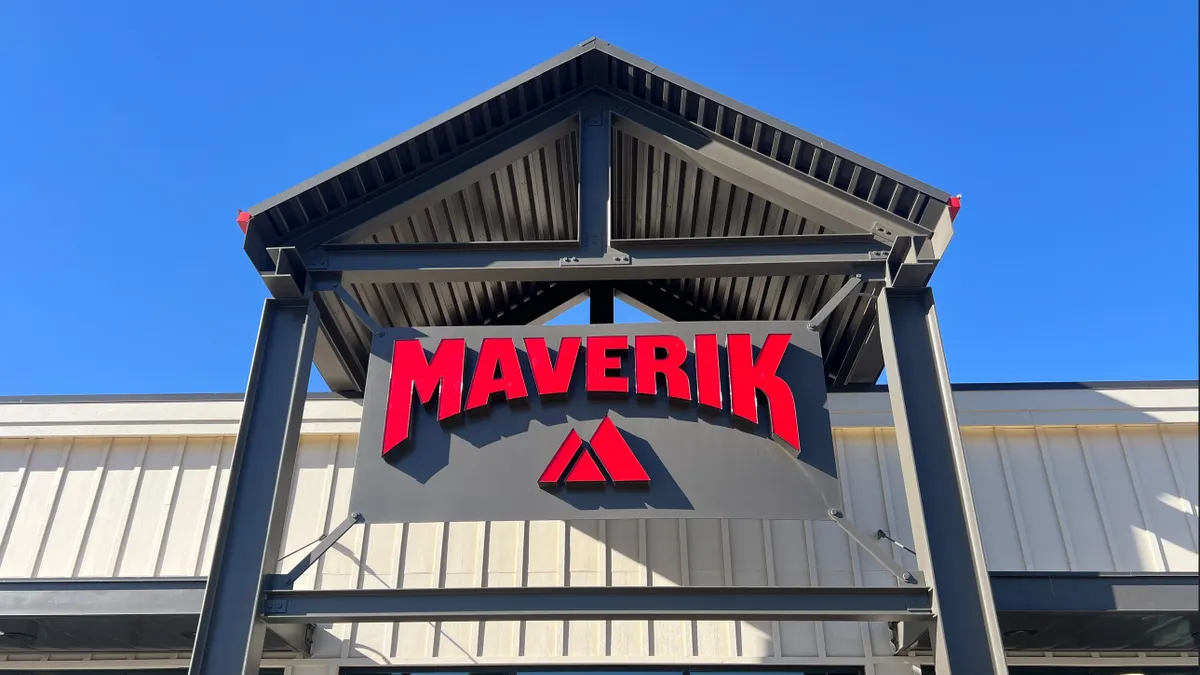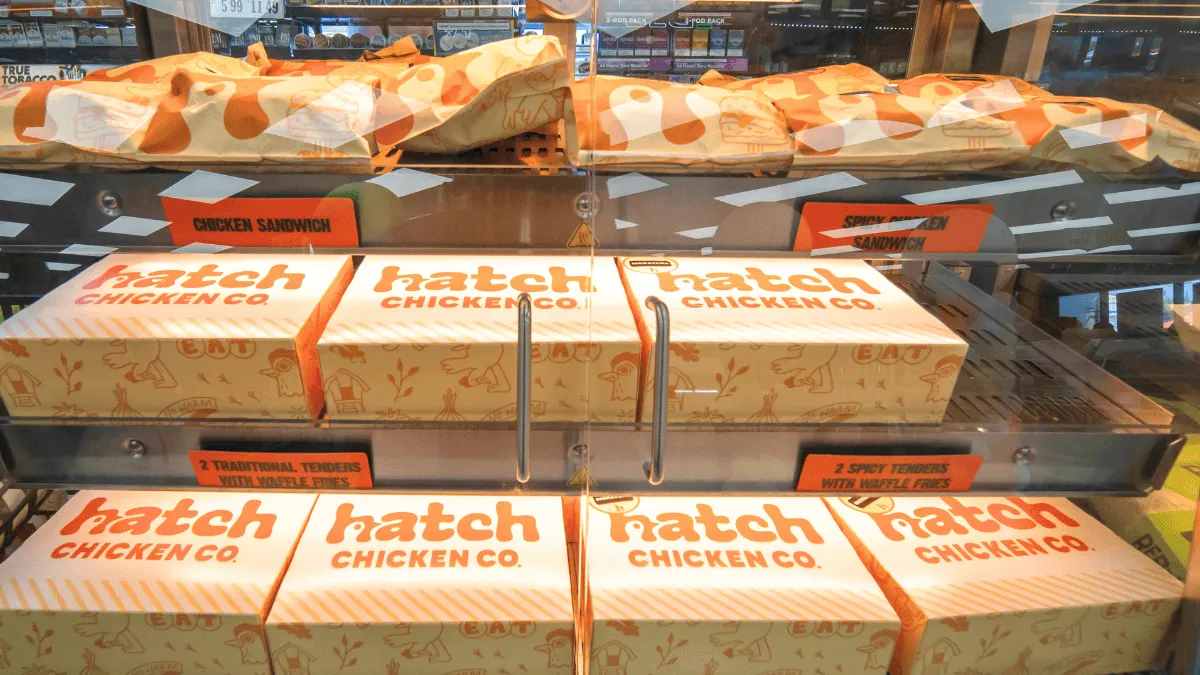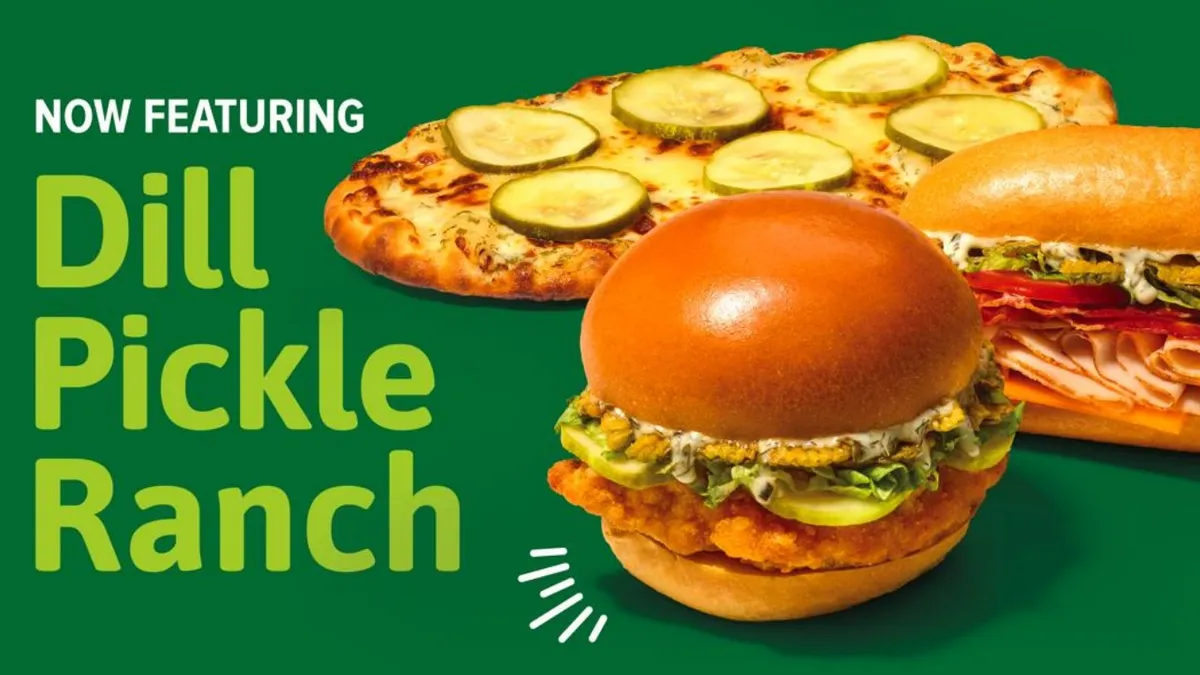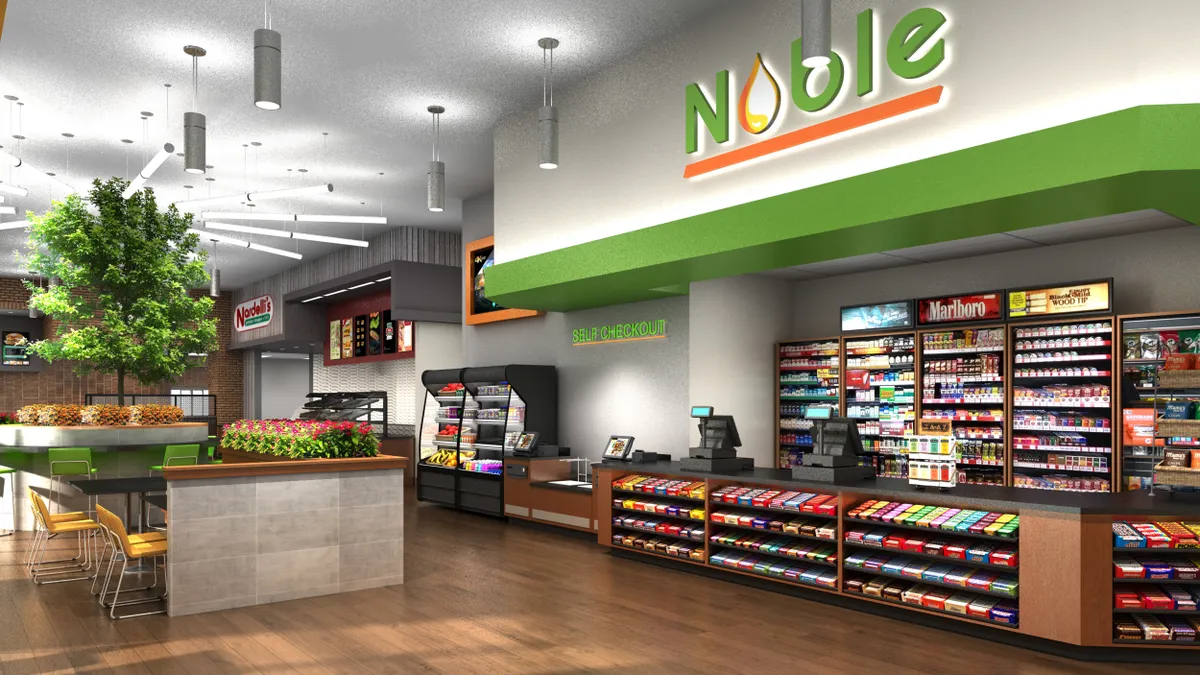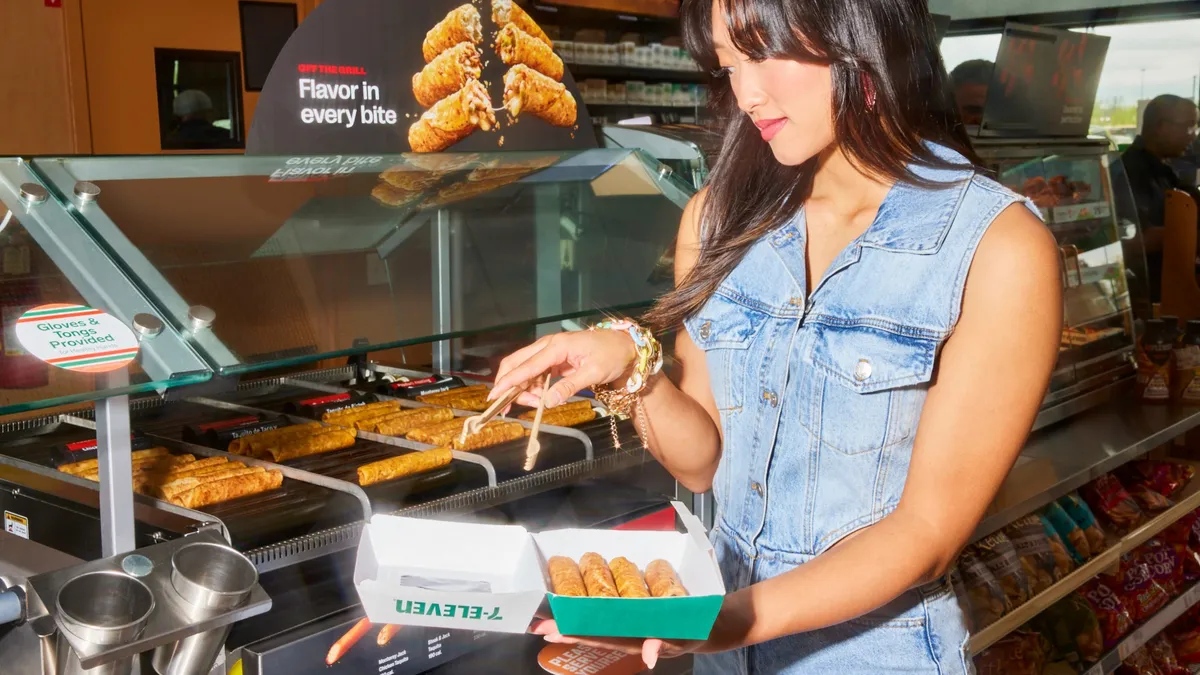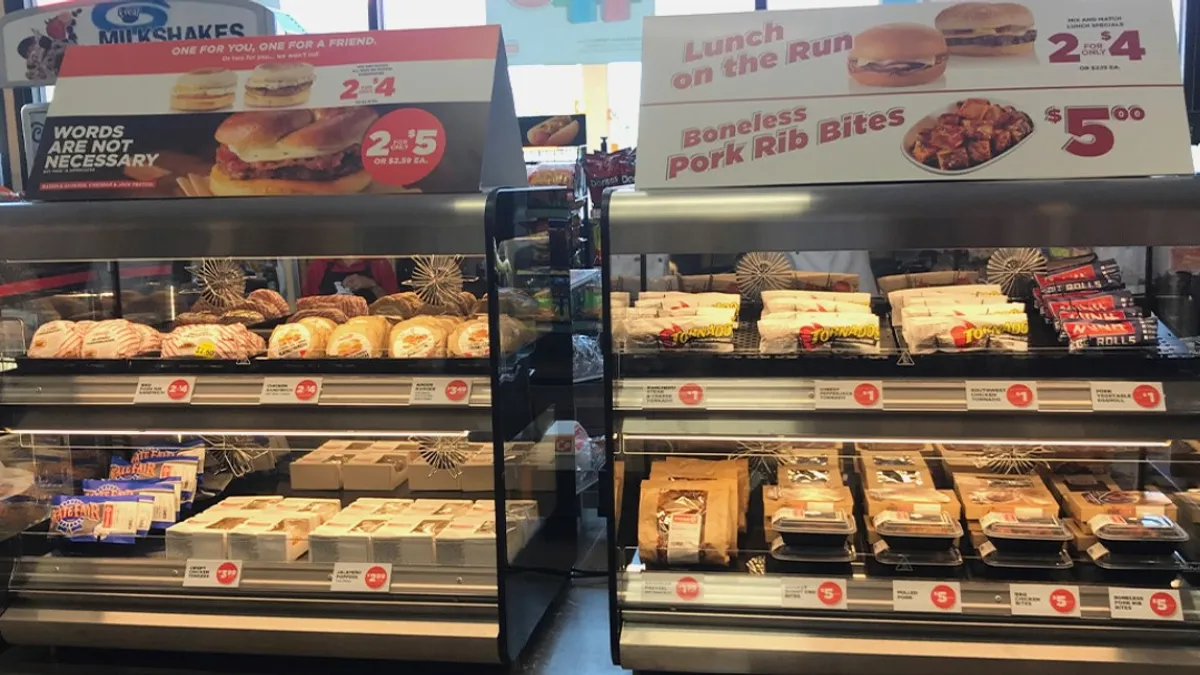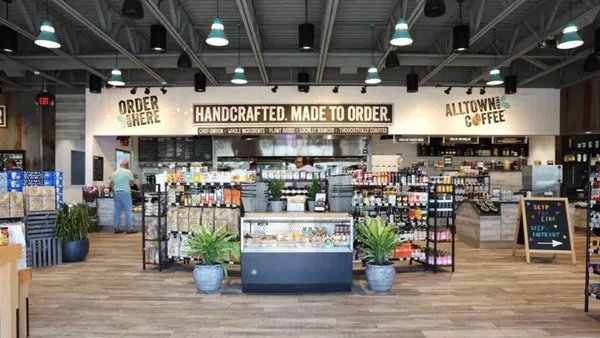While PepsiCo’s snacking portfolio is chock-full of power brands such as Doritos and Fritos, the food and beverage company is putting more resources behind several of its smaller snacking offerings that fill a valuable niche with hungry consumers looking to eat healthier.
“There’s an opportunity to really scale these brands a little faster,” Rhasheda Boyd, vice president of PepsiCo’s better choice snacking portfolio, told Food Dive. “This has been a priority for the organization. There are definitely resources to help build these brands.”
Boyd oversees about a third of PepsiCo’s roughly two dozen U.S. snacking brands, including SunChips, air-popped PopCorners, Stacy’s pita chips, Bare baked fruit and coconut snacks and Off the Eaten Path vegetable crisps. Together, the eight brands generate about $1.5 billion in revenue annually. Even though they have yet to achieve the $1 billion-plus threshold of Doritos and Cheetos, they “are growing fast,” she said.
In its most recent quarter, PepsiCo said smaller, emerging brands, such as PopCorners, SunChips and Miss Vickie’s, each delivered double-digit net revenue growth.

PepsiCo’s snacking business is composed mostly of Frito-Lay and Quaker Oats, which together generated more than $26 billion in sales in North America during the company’s 2022 fiscal year — accounting for a little less than a third of the CPG giant’s $86 billion in global sales.
To be sure, popular offerings such as Doritos, Fritos and Cheetos that are more widely available are going to get a disproportionate amount of money for innovation and marketing at PepsiCo, Boyd said. These brands cater to people craving an indulgent treat who value the product’s taste and crunch attributes.
But the New York-based company’s smaller brands play an equally valuable role in attracting and retaining consumers within its snacking portfolio.
These products allow PepsiCo to provide the shopper with a more diverse portfolio of snacking brands that can meet their broader food consumption needs, such as eating healthier, or that cater to a particular moment during their day.
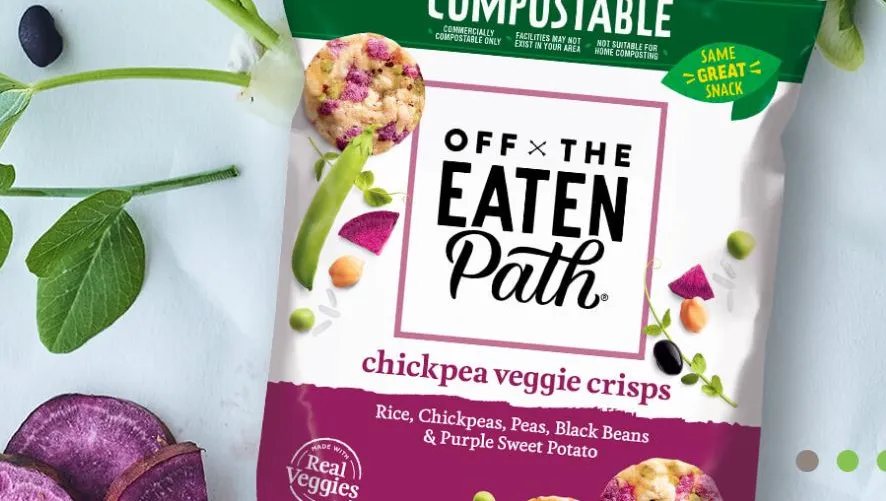
PepsiCo observed that roughly two-thirds of its Sun Chips brand is consumed with a sandwich or at a meal. It’s a major reason why Subway restaurants, for example, typically carry it, along with Rold Gold pretzels and Lay’s potato chips — instead of one of PepsiCo’s other brands more commonly associated with snacking.
In other cases, these niche brands address demand for better-for-you offerings, such as Off the Eaten Path which is made with vegetables, Bare with fruit or Sun Chips with whole grains and sometimes black beans.
Frito-Lay also is doing more to promote Off the Eaten Path and Bare in places like health clubs and national parks where consumers tend to have a healthier lifestyle. The targeted approach typically requires PepsiCo to spend less money to promote them.
“Those brands probably have fewer consumers, but there still is an opportunity to drive awareness,” Boyd said.
Brittany Quatrochi, an analyst at Edward Jones, said PepsiCo’s smaller brands tend to grow faster than some of its larger more established offerings because of their size — providing the snacks maker with a valuable platform to expand its business. They also give the CPG giant more opportunities to reach different consumers whose needs and demands are closely aligned with recently popular trends.
“PepsiCo is a great steward of brands,” Quatrochi said. “They want to expand the scope and presence of their products and try to capture new occasions and new customers. One of the ways you can do that is through these emerging brands.”
While PepsiCo has been increasing its mix of better-for-you snacks for years, it doubled down on the effort in 2021 with its Pep+ sustainability initiative.
The measure included diversifying its ingredients mix and expanding the company’s use of nuts and seeds that were better for consumers and the environment. The move was in response to consumers who are looking for a mix of indulgent and healthier in what they eat, and retailers by giving them more of what shoppers are looking for.
“There is a broad spectrum of consumer needs and snacks. Whether that is snacks that provide a reward or treat or snacks that are more nourishing and provide a balance of nutrition and taste,” Boyd said. “As we think about meeting the needs of consumers, we have to have a portfolio that's broad enough to meet these varying needs.”



